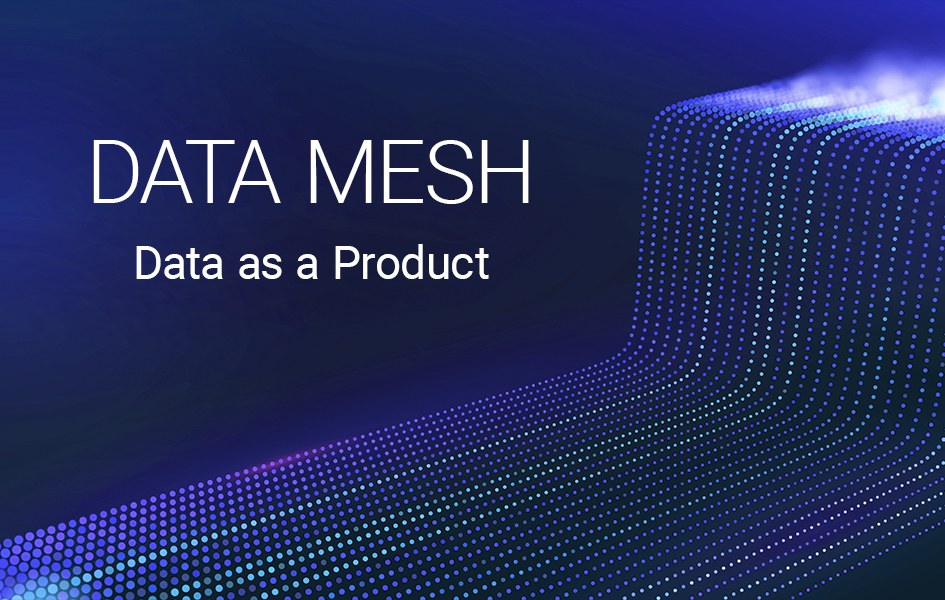Author
Author
The data mesh model has been gaining traction in recent years as a way to approach data management in a more modular and decentralized manner. The idea behind a data mesh is to treat data as a product, rather than a by-product (for each use case), and to build data products that are owned and maintained by specific business domains within an organization.
The data product approach: business advantages
One of the main benefits of this approach is that it allows for greater flexibility and agility in how data is used and accessed. Rather than having a centralized team responsible for the ingestion and management of data pipelines, data mesh enables each data domain to be responsible for their own data and to build data products that are tailored to business needs. Decentralizing data ownership reduces bottlenecks: new data sources can be integrated more quickly, and changes to data can be made more easily in response to changes in the business.
Another benefit of this “product-thinking” philosophy is that it encourages collaboration between domains and thus business units. By treating data as a product, it becomes easier for different teams to share and use the data of others, in ways that are meaningful to them. This can also lead to new insights and opportunities that would not have been possible with a more siloed approach to data management. For example, new data value appears when a product’s sales can be compared with its raw materials composition and pricing evolution.
Implementing data as a product: organizational concerns
However, this new approach does come with a few challenges. One of the most important is how to manage the dependencies between different data products. As each business domain is responsible for their own data, changes made by one domain can have an impact on others. This means clear policies and coordination between domain teams must be established to ensure that data is being used and managed consistently. This is why a central office must coordinate the implementation of “federated governance principles”. Another challenge is ensuring that data is of sufficient quality and trustworthiness to be used as a product. This requires a strong focus on data governance and quality control, as well as regular monitoring and testing of data products to ensure that they are meeting the needs of the business.
Data mesh: a strategic approach for data management
Despite these challenges, the data mesh approach has the potential to bring significant value to organizations. By treating data as a product, and by building data products that are tailored to the specific needs of different business objectives, organizations can unlock new insights and opportunities that would not have been possible with a more siloed approach to data management. With the right governance and quality control in place, the data mesh approach can help organizations to navigate the ever-increasing volume of data and to turn that data into a strategic asset for the business.

 BLOG
BLOG





